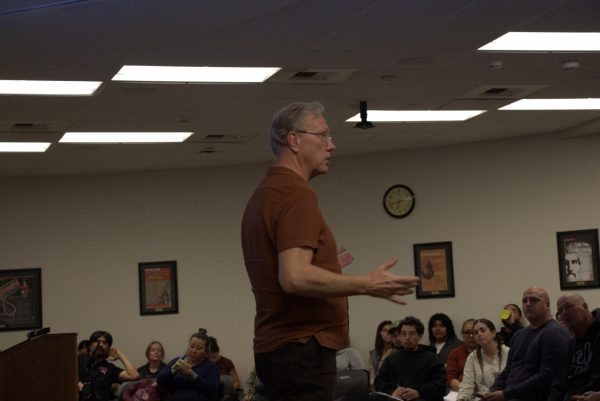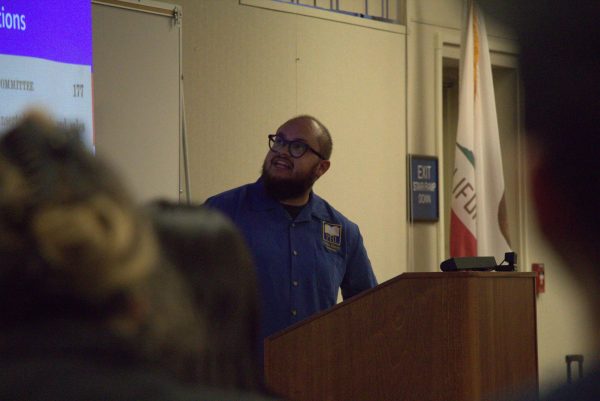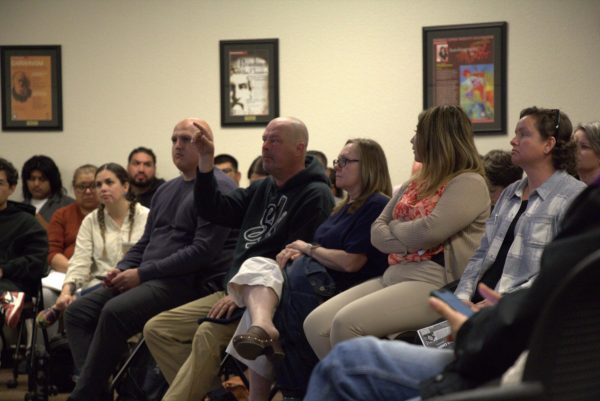
Have you ever wondered why communities that share a backyard oftentimes can look so different from each other? From one side having innovation, multiple resources, and quality life, to the other having potholes, poor healthcare, and a lack of quality education, this could all be due to Red Lining and housing discrimination that started back in the 1930’s.
On April 8 at Bakersfield College, The Historical Research center, with the partnership of the BC History Club, hosted a program event to discuss the housing discrimination and redlining in Kern County.
Hosted by Christopher Livingson, Director of HRC, and Donato Cruz, Archivist of HRC, they provided information on the information that they have been uncovering through quality sources and research in order to discover what’s going on between the lines of Kern County.

Livingston started off by providing information on the 1934 Federal Housing Association. An association that was established and was recommended to use racially restrictive covenants in housing contracts. Thus, marking the beginning of how Kern County, and Bakersfield, started their role in redlining, historical term for real estate race-based hosing discrimination tactics.
Gabriel Sorio, BC custodian and amateur historian, since 1992 has been writing music, and for the past thirty years he has worked on a song called Red Lining Blues where he sings about Redlining in Kern County.
”What inspired me to write the song was growing up in Bakersfield and seeing how the neighborhoods were stagnant… and came to find out it was usually through redlining,” said Sorio.

Cruz also shared with the audience an interactive map that the HRC has worked that highlights different neighborhoods. Through the covenants there were neighborhoods for white only, in areas such as 24th Street, and others for blacks only in areas such as Brundage Lane. You can view the research the HRC has completed by visiting the interactive map on hrc.csub.edu
Jolianna Soliece, Environmental Science and Chemistry Major and ICC representative of the History Club at BC said how she had imagined that Bakersfield had segregation issues just based on what she observed in the way that the town is set up.
“It makes me mad…the noticing of potholes… lack of urban renewal on the east side in neighborhoods that are black and latino, it’s just disheartening….” said Soliece.

Through Assembly Bill 1466, community members are now able to remove racial restrictive language on housing contracts. With the research the HRC has conducted, and the California Humanity Grant, they have a database with information on about 90 percent of the Kern County area neighborhoods from 1930-50, and you can now request the documents from your neighborhood in order to start the racial language removal on a housing contact.
The HRC program is beyond the campus history as it aims to expand history research throughout communities surrounding Kern County as well as foster epidemic activism; a term the HRC uses that makes sure they focus on marginalized communities and how they can effect change from the work they uncover.







